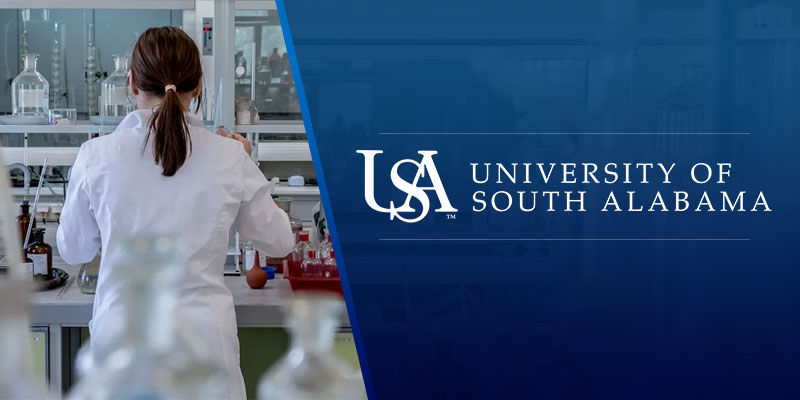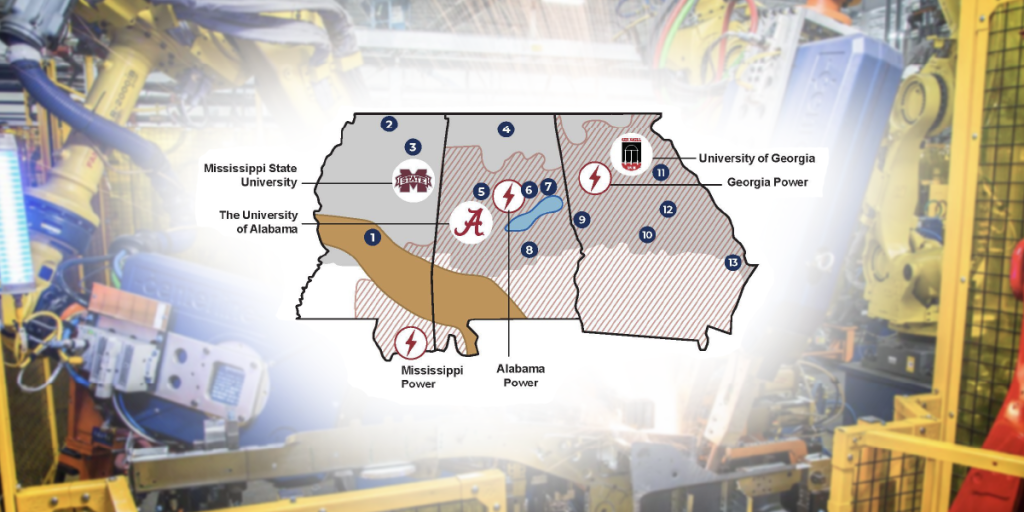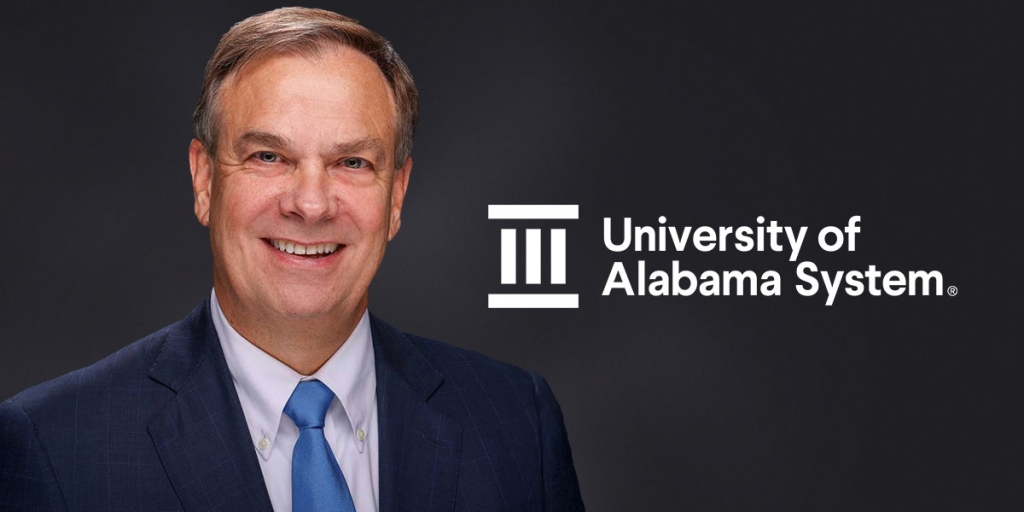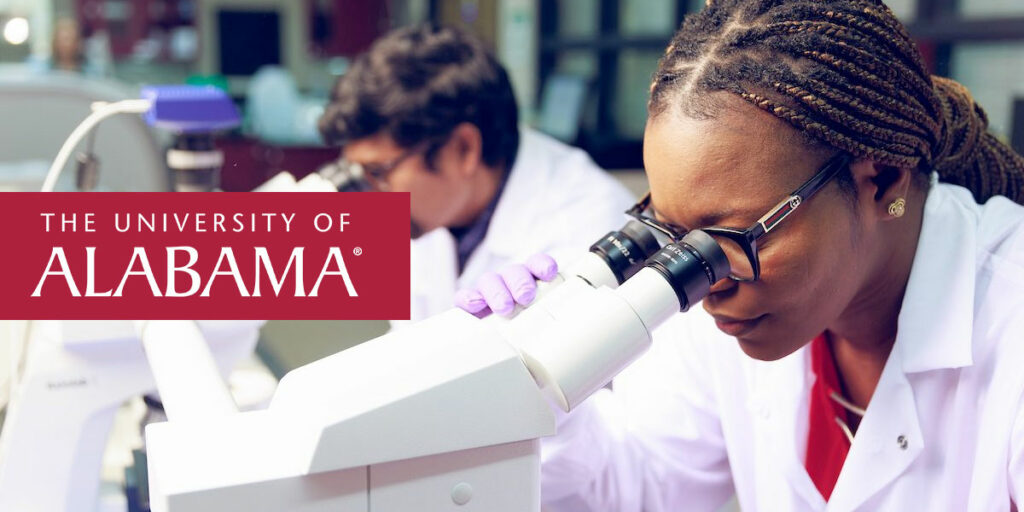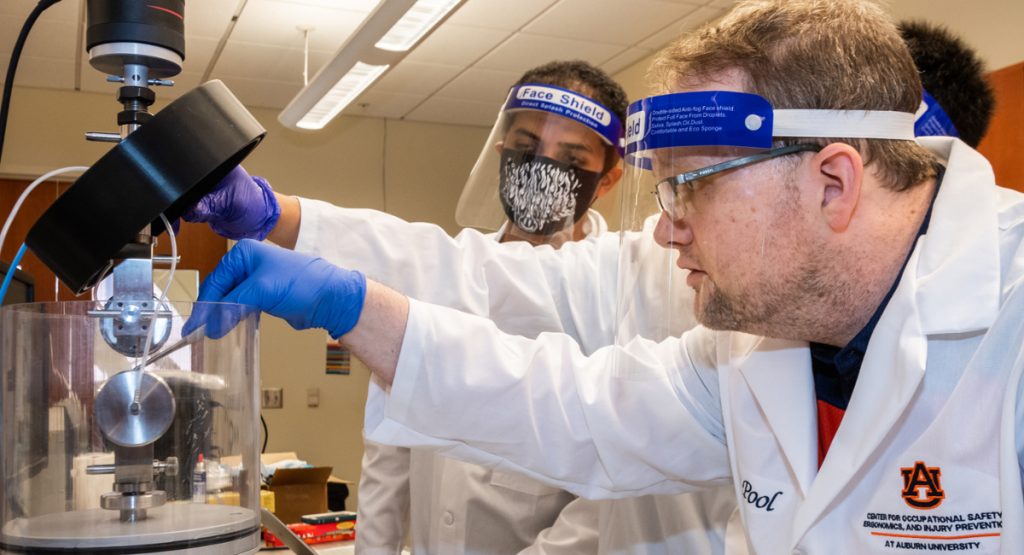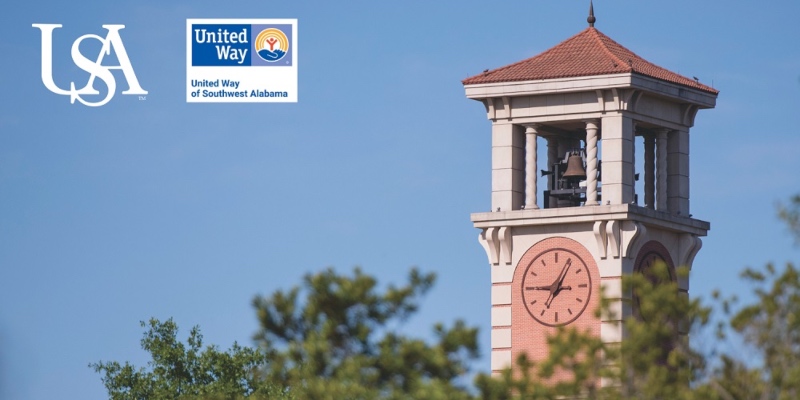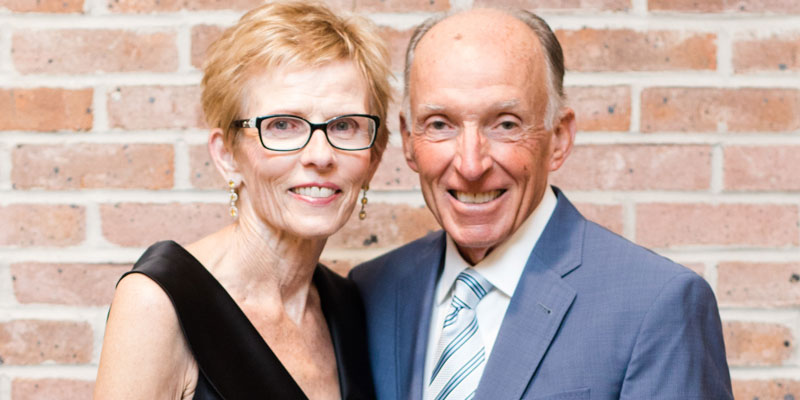Researchers and scholars at the University of South Alabama received more than $87 million in external and contract funding in 2019, university officials said, a dramatic 43% increase from the year prior.
“This year was the tipping point,” said Lynne Chronister, vice president for research and economic development at USA. “We went up $25 million in one year. It puts us in a different level of research.
“We have some fantastic researchers and scholars on this campus. It’s our job to support them so they can be creative.”
Under President Tony Waldrop, South Alabama has invested in graduate programs and recruited faculty who are capable of drawing grant money.
“Five years ago, we developed three internal grant funds for research,” Chronister said. “It’s been incredibly successful. Our return on investment has been 30-to-1. And you can’t grow research without growing graduate programs, and vice versa. Research is absolutely dependent upon graduate students.”
Examples of research at South Alabama includes work with ionic liquids – salts in a liquid state – with applications that could include a next-generation carbon dioxide scrubber for the International Space Station. Researchers at South received a $2.7 million grant from the Department of Energy and a $1.1 million grant from NASA.
“This means that South is becoming a nexus for ionic research,” said Dr. Matthew Reichert, assistant vice president for research and associate professor of chemistry. “Our research track record and the talent we have attracted here in the field of ionic liquids has led to these grants.”
In marine science, university researchers have monitored snapper populations and studied neurotoxins in the Gulf of Mexico. Work on the latter has been led by Dr. Alison Robertson, senior marine scientist at the Dauphin Island Sea Lab, who received more than $5 million in grants from sources such as the National Science Foundation.
“She was brand-new faculty who had the right project at the right time,” Chronister said. “And we gave her some internal support.”
The 2019 increase came after years of steady growth in research funding. Chronister said that kind of prospect for growth and progress will help the University draw young, ambitious researchers.
“You can make a difference here,” she said.
(Courtesy of the University of South Alabama)




